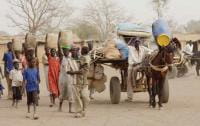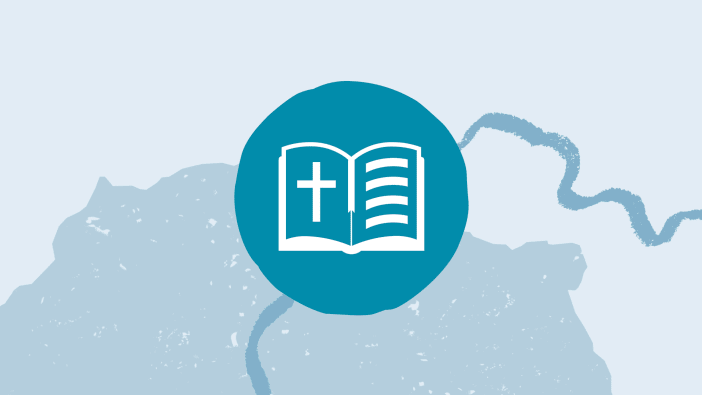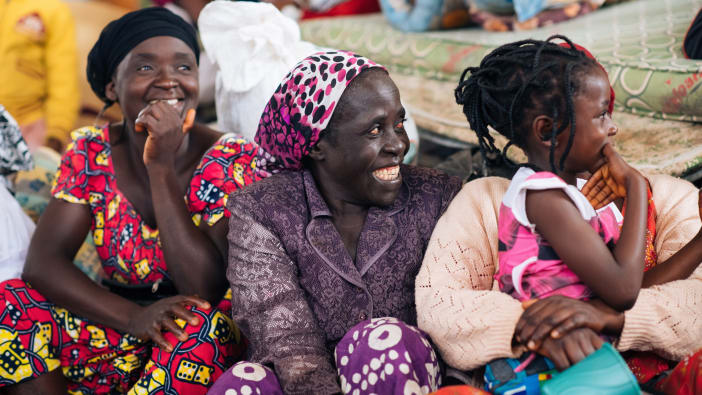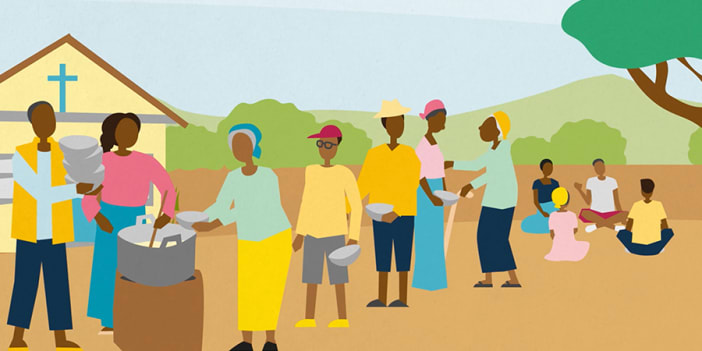Displaced people are those who have left their normal living area because their lives or their livelihoods were in danger. They have moved to a new area to avoid further losses of life and property, and because of the risk of further disaster. Natural disasters are one main cause of displacement. Hazards such as tsunamis, earthquakes, volcanic eruptions, floods, windstorms and droughts may destroy or damage homes and livelihoods to such an extent that it is no longer safe or practical for people to remain at home.
Local communities and organisations, such as the local church or other faith groups, are often already in a position to respond immediately to the arrival of displaced people. The desire to help those in need is often strong but the practical aspects of dealing with the sudden arrival of a large group of people can be challenging.
Here are some of the problems that displaced people typically face:
- They may be in a poor state of nutrition or health.
- They may have been unable to bring essential household goods or food.
- They may have no assets because they have lost them in the disaster, have sold them to raise money or because of robbery.
- They may lack identity papers and/or travel documents.
- They may lack access to land and employment.
- They may have limited access to markets in their new area.
- They may not be able to access the health, education or other social services available to local residents.
- They may be traumatised and in need of social support and/or counselling.
- Families members may be separated, including children being separated from their parents.
- Women and children in particular may be vulnerable to sexual exploitation or violence.
- Local communities may be hostile to the arrival of the displaced people and may be unwilling to share resources, particularly if those resources are scarce.
- Local governments may perceive displaced people as a threat to peace and stability in the area and may seek to contain them in camps or other confined spaces.










